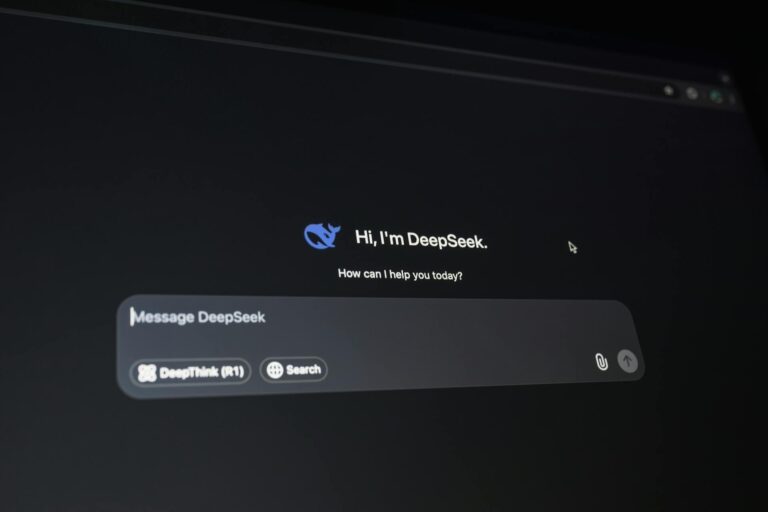
Web3 is the next evolution of the internet. Its focus is transforming the user experience, providing decentralization, and openness. It has been developed on innovative technologies that are designed to ensure security, privacy and transparency including but not limited to blockchain, artificial intelligence, semantic web, and homomorphic encryption.
While web3 has been enthusiastically adopted in areas like cryptocurrency and gaming, it has not yet been as widely adopted in data storage. This is despite blockchain’s qualities that mean it lends itself to storage. Its immutable nature, decentralized security and the privacy and productivity benefits of modern encryption solve many of the security and privacy issues that have traditionally plagued legacy storage systems.
So, why is it not being widely adopted? And what can be done to overcome this?
What are the barriers to widespread adoption?
When talking to potential customers and businesses, there are two objections that come up time and time again: a negative perception of web3 and blockchain due to its cryptocurrency and NFT use, and a criticism that the technology is particularly complex and inaccessible.
The ‘image’ problem is because web3 and blockchain are relatively new areas of technology that have been dominated by two high-profile use cases: cryptocurrency and NFTs. And rather than these being useful examples of what this technology can achieve, they have actually been harmful to web3’s image because of the negative connotations and scandals associated with them. 2022 Cryptocurrency data suggests that losses totaled nearly $4bn, modest when compared to the $8bn lost in 2021.
Blockchain also has a reputation of having a harmful environmental impact, as a result of the energy-intensive ‘proof-of-work’ blockchains. Couple this with the unregulated and costly scams surrounding cryptocurrencies and NFTs, and the belief that blockchain technology cannot be used for anything outside of tokenization, and it’s no surprise that it has earnt itself a bad reputation.
However, while this has an impact on everyday users, it is not the main reason why big business has not adopted it with the enthusiasm that the technology and its benefits deserve. Instead, the biggest complaint is the barrier to entry in terms of technical complexity and fears that come with migrating to a new platform that works in a new and confusing way.
Considering that web3 is meant to be a more transparent and user-centric version of the internet, this belief is a tremendous obstacle to adoption. Especially because all too often, it’s true.
How can web3 overcome this concern and put the user first?
The first part of the solution is education. Web3 companies need to not simply push the benefits of web3 technology and blockchain storage, but also explain clearly how the technology actually works. This is crucial because the responsibility should not be on users to understand everything, but for those in the industry and technology commentators to find ways to explain it in clear, succinct and digestible ways.
However, this is the smaller of the two tasks. After all, if the technology is in fact inaccessible to users, then no degree of education and positive marketing will get people to use it. Or at least, to keep using it.
Instead, web3 developers need to package the benefits of immutable blockchain storage, the security protections of a decentralized network and the ability to perform analytics on fully encrypted data into a platform that users trust, know how to use and can access easily.
Web3 data storage in practice
Web3 data platforms such as OmniIndex use a blended mix of advanced cryptography, established security protocols, and blockchain data storage to ensure data is both protected from ransomware and other attacks, and available to productivity and analytics tools while still encrypted.
What’s more, this powerful technology is accessed through the world’s most advanced open-source relational database to ensure that whatever the scale, anyone can be up and running easily and quickly. Gaining complete protection from ransomware attack, analytics of fully encrypted data and real-time aggregation.
This is possible because the OmniIndex platform has placed PostgreSQL within its blockchain to guarantee the scalability, structure, and user flow professionals know and trust. Including access to all connections with PostgresML, PGVector and Nvidia Cuda to enable fast parallel processing across GPUs to speed up machine learning analysis.
Customers can access and work with their data via both the command line interface, meaning that what works with Open Database Connection (ODBC) drivers works with the web3 platform, as well as their API tools for JavaScript and Python.
For example, OmniIndex is working with Future-X Education in Nigeria to secure the educational data of a number of states on the web3 platform to protect it from attack and enable encrypted student data to be analyzed without exposing the personal information of any of the students.
By embedding the “world’s most advanced open-source relational database” within the blockchain, the data migration and input into the web3 platform is a seamless and automated process with Future-X’s existing MongoDB database simply exported.
Final thoughts
It is crucial that Web3 developers continue to create solutions to real-world problems, and that these solutions are explicitly focused on what the user needs. This is because we cannot expect business leaders and governments to overlook the image problems and complexity of the technology without it being worth their while.
In my experience, being able to showcase the benefits of blockchain storage and Web3 security and privacy within the data structures and workflow users know has made this incredibly simple. It has been a real privilege to witness these ‘eureka moments’ first hand when talking to those in charge of data management across a number of industries struggling with data security and management. This includes education as mentioned, but also healthcare and technology companies including those centered on new applications of artificial intelligence.
At the end of the day, it is the job and responsibility of web3 developers like myself to make people believe in the technology and a huge part of that is always putting the user first.

Simon Bain is CEO and founder of OmniIndex.
Simon is a fast-paced entrepreneur, technologist, inventor, and business leader who has led successful teams from a blank whiteboard to revenue. As a leader in the IT industry for over 20 years, Simon identifies and develops innovative applications that are market ready, and then launches that technology by building successful sales strategies for key markets.
Holding 14 patents for search technologies, parallel processing, field level database encryption and messaging DRM, Simon is an industry thought leader and an advocate for simplified approaches to technology implementations. He has spoken at several conferences over the years about Federated Search and securing enterprise and user information, and has also written numerous articles on the subject.


